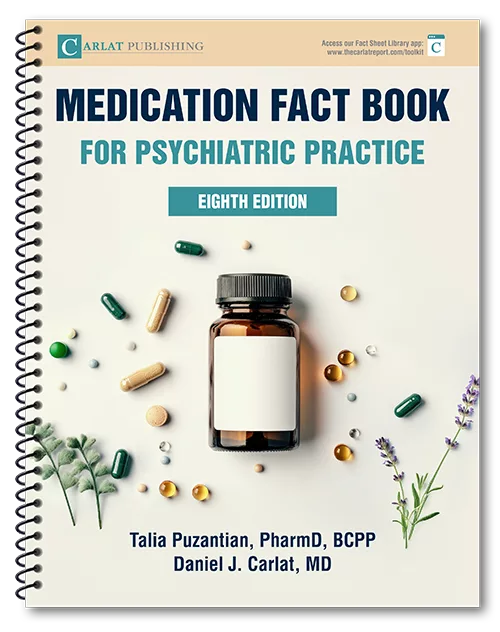Another Sleeping Pill on the Market: Merck’s Belsomra
Short Description:
Another Sleeping Pill on the Market: Merck’s Belsomra
Background:
The US Food and Drug Administration (FDA) last month approved Merck’s new insomnia drug, Belsomra, the first in a new class of hypnotics termed “orexin antagonists.” If you’ve never heard of orexin, put on your seat belts, because you’ll be getting a crash course from your local drug reps. Also known as hypocretins, orexins are chemicals discovered in 1998 that are secreted in the hypothalamus, and which normally function to keep us awake. It was only a matter of time before orexin blockers were developed, and Merck won the race. (TCPR will have a full take on Belsomra in our next issue.)
Generically known as suvorexant, Belsomra beats placebo in getting people to sleep, but it can cause next-day drowsiness and impaired driving. As a result, the FDA said that no more than one pill should be taken each night and the dose should not exceed 20 mg. The FDA is requiring that Merck continue to study next-day driving performance of patients taking the sedative. Belsomra is expected to be available in late 2014 or early 2015.
Impaired driving the morning after taking a sleeping pill is a phenomenon that has been recognized for more than a decade. The FDA first took action in January 2013 when it recommended cutting the dose of zolpidem (Ambien) by half, from 10 mg to 5 mg for immediate-release formulas, and from 12.5 mg to 6.25 mg for controlled-release formulas.
Results for Belsomra showed impaired driving in patients who took 20 mg. The FDA approved the drug in 5, 10, 15, and 20 mg doses. Merck had originally proposed that non-elderly adults start on 20 mg and increase to 40 mg if needed.
The recommended dose of Belsomra is 10 mg within 30 minutes of going to bed and patients then need to wait at least seven hours and be cautious about next-day driving.
The FDA also recommended that Belsomra be listed as a controlled substance because it can be addictive and has the potential to be abused (http://1.usa.gov/1qRWmaY). The Drug Enforcement Administration (DEA) is proposing that the drug be given a Schedule IV designation, the same as medications such as alprazolam (Xanax), clonazepam (Klonopin), and Ambien.
Newsletters
Please see our Terms and Conditions, Privacy Policy, Subscription Agreement, Use of Cookies, and Hardware/Software Requirements to view our website.
© 2025 Carlat Publishing, LLC and Affiliates, All Rights Reserved.


_-The-Breakthrough-Antipsychotic-That-Could-Change-Everything.webp?t=1729528747)



